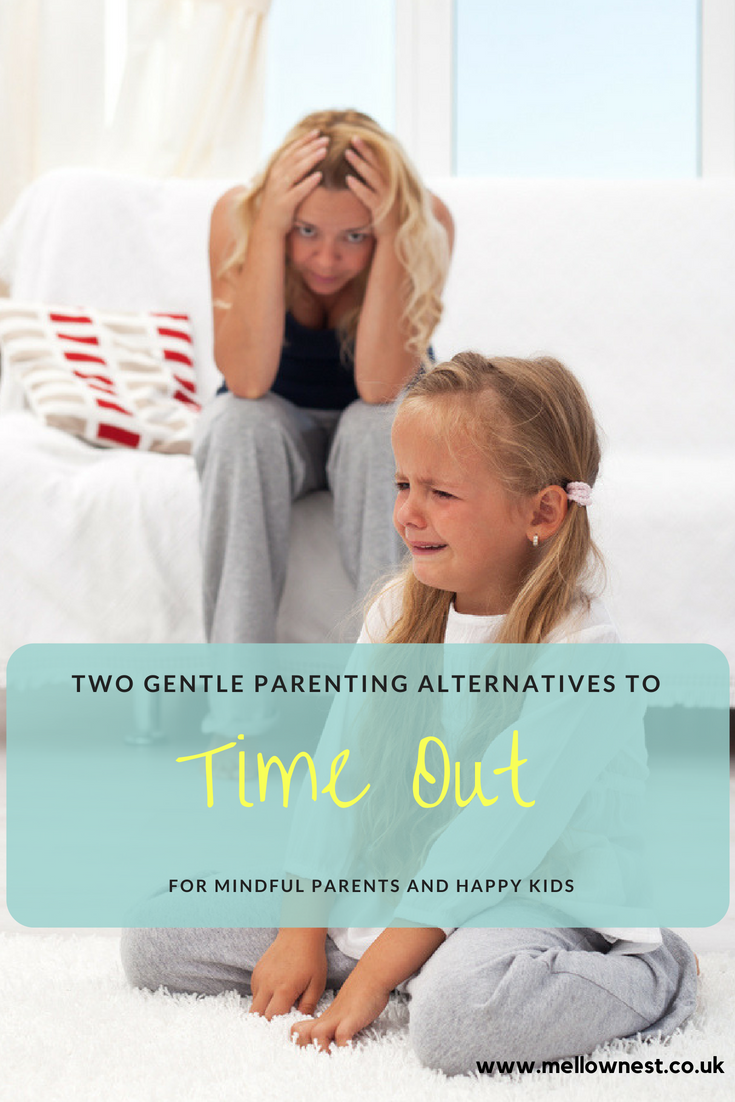Two gentle parenting alternatives to time out
A little while ago, I wrote this about Time Out and why it isn’t the most helpful or effective form of discipline.
As an alternative, I I talked about the idea of taking Time In instead of giving Time Out.
Doing Time In requires you to think differently though.
It requires you to see that behaviour that you instinctively want to stop in the quickest way possible for what it really is - a message from your child to you that they're not OK.
And when you start think about the behaviour in those terms, you start to think about how to respond to it - and, perhaps more importantly, how to respond to your child.
So, here are two really simple ideas for how you can do Time In.
One idea is for how to do Time In ‘in the moment’, i.e. when in the midst of a full-on meltdown.
The other is for doing Time In when things have settled down and everyone is ready to spend some time reflecting on what has happened.
*This post may contain affiliate links for products of interest. Clicking them takes you through to a website and if you buy we receive a small commission. This helps us to keep on writing! Thank you.*
1. In the moment, stay with the feelings
This is one to consider when something has happened and your child is experiencing big feelings that seem to be really overwhelming for them. You’ll know when this is happening – you can’t talk to or reason with them; they just seem out of control.
Now, we know why this is happening: the part of the brain that is essentially responsible for keeping them safe – the amygdala – has been triggered because of something they’ve perceived as a threat, and they’re basically in ‘fight or flight’ mode. In this moment, not only are they not capable of problem solving and finding a more appropriate way to express themselves, but they’re not able to take on board your attempts to try and problem solve with them either, or to hear you telling them what you want them to do instead.
The best approach you can use right now is to stay with them. You’ll have to use your judgement here and decide whether you can get close to them physically, or whether you just need to stay close by, letting them know you’re still there. Here are three steps you can take to do this:
Stay calm yourself.
Take control of the situation. Now this doesn't mean telling your child to 'stop', or even telling them what you want them to be doing instead. (Remember that when they're in 'fight or flight' mode this won't work anyway).
'Taking control' in moments like this simply means letting your child know you are there to help them.
RELATED POST: A 3-STEP PLAN FOR WHEN THEY PUSH YOUR BUTTONS
Communicate to them that you get it.
That you understand how they feel.
Sometimes all this takes is holding them in your arms until they feel calm again. But if you think they can cope with you talking to them, you might want to say something like: “I can see you’re feeling really angry / upset / frustrated right now…you really want to go to the park…you wish you could have that toy…your feelings are really hurt".
You might not think it would do very much but a little empathy in times like this goes a long way. Not only that, but in doing this you're helping your child to recognise their feelings - a valuable life lesson.
Use physical touch
This might be holding, rocking or stroking along with a soothing voice if they will let you; if not just stay close by.
Reassure them that this feeling will pass and that you are there to help them feel better.
Read more:
FOUR GAME CHANGING PHRASES FOR MANAGING TANTRUMS
WHY YOUR TODDLER CAN'T JUST CALM DOWN
CHILD WON'T SAY SORRY? TRY THIS INSTEAD
2. When things are calm, have a ‘meeting on the couch’
I love this idea, but credit for it goes to Lawrence Cohen, author of Playful Parenting. He says that a meeting can be called whenever there is a problem and that the meeting can be called by you or your child.
The rule is that when a meeting is called, everybody must show up for it.
Now this meeting doesn’t always have to be a serious one; the main aim is for you and your child to reconnect.
Your child may be more open about what they are feeling, you might vent your frustrations about what has happened, or simply re-iterate basic house rules.
In my view, one of the best things about this approach is that it allows for a completely different dynamic – the comfort of the couch relieves any tension that has built up, and you might actually just end up being really silly together (let the play fight with the cushions begin!)
For younger children, this might just look more like continuing to stay with them and being physically close when the difficult moment is over, but if you find a special place that you can go to, it can help to instil this as a routine.
Using an approach like Time In can be difficult - not least because it goes against the grain of some of the more 'traditional' or 'mainstream' ideas about how to 'do discipline'.
It also takes time, a lot of patience, and a commitment to doing things differently.
But if you're a parent who's made that decision to do things differently - to parent in a gentle, positive and more mindful way, then this is a good place to start.



